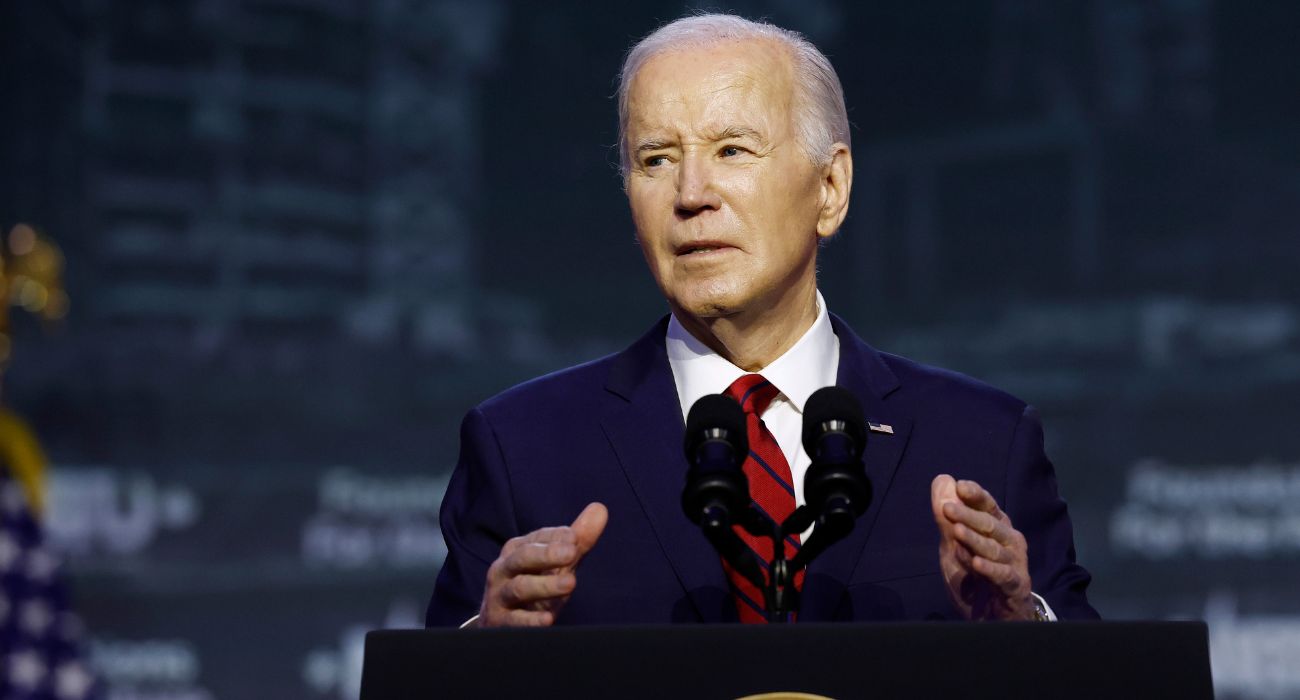Inflation eased slightly in November but fell mostly in line with expectations for the month.
The Consumer Price Index (CPI), a key inflation gauge, rose at an annual rate of 3.1% before seasonal adjustment for the month of November, which was down from 3.2% in October and 3.7% in September, the U.S. Bureau of Labor Statistics reported Tuesday.
The Department of Labor’s report was “somewhat in line, although, I suppose … some might have hoped that we would start to see more deceleration on a month over month basis,” said Liz Ann Sonders, chief investment strategist at Charles Schwab, per CNBC.
Inflation rose a seasonally adjusted 0.1% in November on a month-over-month basis after being unchanged in October. The index for shelter was the largest contributor to inflation during the month, offsetting a 6% decline in the gasoline index and a 2.3% drop in the energy index.
A second consecutive decline in energy prices in November helped topline CPI inflation “remain contained,” according to PNC senior economist Kurt Rankin.
“Gasoline prices fell by 6.0% for the month, building on the 5.0% drop in October,” Rankin told The Dallas Express in an email. “The ongoing retreat in this key consumer necessity, and sentiment-driving price tag, will likely support discretionary spending in the fourth quarter as households shift dollars from filling their gas tanks to checking their holiday shopping and recreation lists.”
While gasoline and energy saw a noticeable decline during the month, other indexes saw sharp increases. The seasonally adjusted indexes with notable increases in November include shelter (+0.4%), rent (+0.5%), owners’ equivalent rent (+0.5%), medical care (+0.6%), and motor vehicle insurance (+1.0%).
The indexes for apparel (-1.3%), household furnishings and operations (-0.4%), communication (-0.6%), and recreation (-0.6%), airline fares (-0.4%), and new vehicles (-0.1%) were among those that decreased over the month, according to the report.
“Ongoing Housing price pressures and their outsized influence on inflation overall tell a large part of the story of why calls for early and rapid Fed monetary policy easing should be viewed with significant scrutiny,” said Rankin.
“The Fed will not cut rates until inflation’s drivers are well and truly tamed, and Housing-related inflation suggests that risks to that outcome will linger into 2024,” he added.
The probability that rates will remain unchanged at the December 13-14 policy meeting stood at 98.4% as of the report’s release, according to the CME FedWatch Tool, which tracks Fed futures.
In addition to a decision on rates, participants will also release an updated Summary of Economic Projections, which details what each member of the FOMC (Federal Open Market Committee) projects for monetary policy over the coming years.






